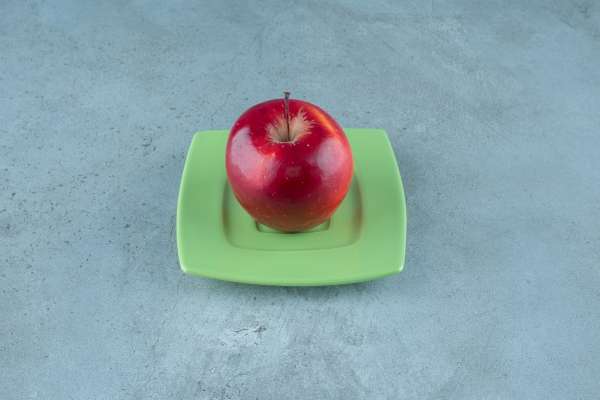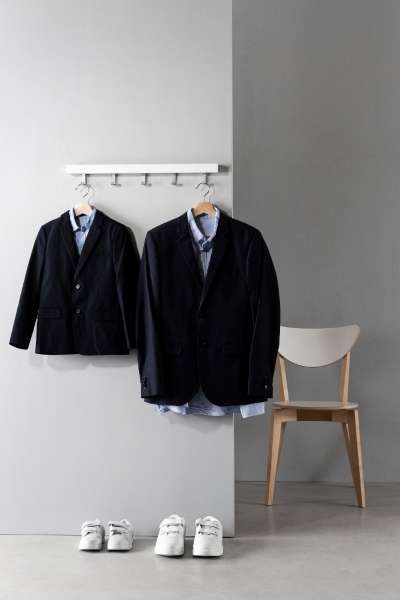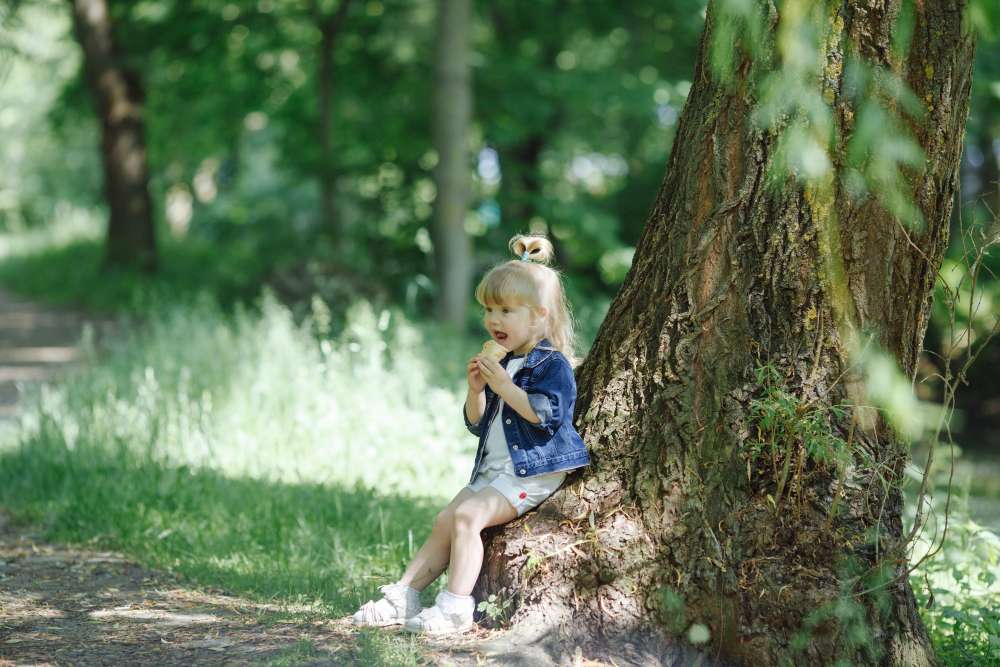Introduction
If you’ve got a little one at home, you know that teaching them can be both fun and, let’s be honest, a bit challenging. Ways a preschooler can understand one-to-one correspondence might not be on your regular to-do list, but it’s more important than you think. This concept is like the ABCs of math. It sets the stage for counting, addition, and even subtraction.
So, what is it? In simple terms, one-to-one correspondence means matching one object to one number as you count. Think of it as giving each item in a group its special number. For example, if you have a bowl of fruit, you can teach your child to touch each apple as they say its corresponding number: “One, two, three.”
Luckily, you don’t need a PhD in education to teach this. This article is packed with 10 easy, fun ways to get this idea across to your preschooler. From playful games to everyday activities, we’ve got you covered. So sit back, read on, and get ready to make math a fun adventure for your little one.
Table of Contents
- Understanding One-to-One Correspondence
- 10 Techniques for Teaching One-to-One Correspondence
- Mealtime Matching
- Laundry Time
- Grocery Shopping
- The Teddy Bear Picnic
- Building Block Count
- Board Games
- Musical Chairs
- Nature Walks
- Storytime and Books
- Educational Apps
- Tracking Progress and Reinforcement
- FAQ Section
- Conclusion
1. Understanding One-to-One Correspondence
So, one-to-one correspondence might sound like a fancy term, but it’s actually quite basic. Imagine you have a basket of apples and a basket of oranges. You take one apple and match it with one orange. That’s it. One-to-one correspondence is just about making sure each thing in one group has a partner in another group.
Now, you might wonder why this is important. Well, this skill is a building block for your child’s understanding of more complex math concepts down the line. Ways a Preschooler Can Understand One-to-One Correspondence can range from counting fingers to setting the dinner table. For example, you can have your little one match each fork to a plate. One fork, one plate. Easy, right?
So, before diving into complicated math, understanding this basic principle is crucial. It’s like learning the ABCs before reading a book. So, as we go through this article, we’ll explore activities that help instill this fundamental skill. Trust me, your kid will be counting, adding, and subtracting in no time!
2. 10 Techniques to Help Your Preschooler Understand One-to-One Correspondence
2.1 Mealtime Matching

Let’s talk about mealtime. Mealtime is more than just eating; it’s a great chance for learning too. You can use this time to teach the concept of one-to-one correspondence easily.
So, here’s a simple idea: mealtime matching. When you’re setting the table, ask your child to help. Give them the task of putting one fork next to each knife. Or maybe, if you’re having a fruit snack, ask them to put one piece of fruit on each plate. It’s a straightforward task but super effective. They will understand that each plate needs one fork, and each knife also needs one fork—no more, no less. Ways a Preschooler Can Understand One-to-One Correspondence don’t have to be complicated; they can be as simple as setting the table.
This is more than just busy work for your child. It’s hands-on learning in a context they understand. And the best part? It’s a part of daily life, so the lesson sticks. Trust me, these little routines add up, and soon enough, your child will master this basic math skill without even realizing it.
2.2 Laundry Time: One of the Best Ways a Preschooler Can Understand One-to-One Correspondence

Laundry might seem like a chore, but for little ones, it’s a playground of learning. Specifically, let’s talk about sock matching. When you’re folding laundry, get your child involved. Give them the job of matching each sock to its pair. One sock, one match. Easy peasy.
Now, why is this cool? Well, it’s hands-on, and it’s something kids can relate to. They wear socks, so they get it. It also improves their focus because they have to look for patterns, colors, or sizes. And here’s another idea: one shirt, one hanger. That’s right! Let them hang the shirts. They’ll quickly catch on that each shirt gets its own hanger.
So next time you’re dreading laundry day, just remember it’s an easy way to slide in some valuable lessons. Turn it into a game, celebrate the little victories, and watch your child learn effortlessly. Plus, it’s one less chore for you to do alone. Win-win!
2.3 Grocery Shopping
Ah, grocery shopping. It’s something we all have to do and guess what? It’s a perfect time to sneak in some learning for your little one. Picture this: you’re in the produce aisle, and instead of putting the apples into a bag, hand that job over to your child. Ask them to put one apple in one bag. Then, maybe one banana in another. It’s that simple.
This does two things. First, it keeps them engaged so they’re not asking for every candy bar they see. Second, they’re learning that one item goes into one container. That’s one-to-one correspondence in action!
Now, swing by the canned goods. Here, have them hand you one can at a time for you to put in the cart. This teaches them to focus, count, and follow through on tasks. It’s learning, right in the middle of daily life. Plus, it’s a huge help for you. Learning and grocery shopping? Now that’s multitasking at its finest!
2.4 One of the Ways a Preschooler Can Understand One-to-One Correspondence, is the Teddy Bear Picnic.

Who doesn’t love a teddy bear picnic? It’s all fun and games, but let’s turn it into a learning moment too. Here’s the plan. Lay out a blanket, and place some stuffed animals around it. Hand your child some toy plates and pretend sandwiches. Now, ask them to give one sandwich to each teddy bear. It’s more than just a cute activity; it’s one of the many ways a preschooler can understand one-to-one correspondence.
So, what’s happening here? When your child places one sandwich on one plate for each teddy, they’re practicing that crucial skill of matching one item to another. And they’re doing it while having fun. That’s the magic formula!
Believe it or not, this simple game sets the groundwork for more advanced math skills they’ll need later. Plus, they get to play and enjoy some imaginative time. Keep it light, keep it fun, and you’ll be amazed at how much they learn.
2.5 Building Block Count
Building blocks are the classic childhood toy that never goes out of style. Let’s use them to teach your little one about numbers and matching. Here’s how it works. Take a board or mat and mark different spaces with numbers. Now, ask your child to place the correct number of blocks in each marked space.
For example, if a space has the number ‘3’, your kid should place three blocks there. Simple, right? What they’re doing is learning to match each space with the right number of blocks. And yes, they’re having a blast while doing it!
This activity is not just fun; it’s also really educational. It helps them understand the concept of quantity. It shows them that the number ‘3’ doesn’t just mean ‘three’; it represents three actual items. So, not only are they playing, they’re learning important skills that will help them down the road in school and life. Keep the game going, and you’ll find your child will quickly grasp this basic but essential math concept.
2.6 Ways a Preschooler Can Understand One-to-One Correspondence: Board Games
So, let’s talk board games, shall we? Games like “Candyland” are not just fun; they’re learning goldmines. Seriously, hear me out. When you play these games, your child draws one card at a time or moves one game piece. This is more than just following the rules; it’s actually a great way to teach one-to-one correspondence.
In “Candyland,” for example, your child picks one card and moves their game piece one space that corresponds to the card’s color. It’s a one-card-to-one-move situation. That’s right; this is one of the ways a preschooler can understand one-to-one correspondence. By doing this, your little one is learning to match one item to another: one card equals one move.
So, next time you’re picking a board game, go for something that lets your child practice this. Not only will you have a fun family game night, but your child will be learning valuable math skills.
2.7 Musical Chairs
Musical chairs is more than just a fun game. It’s a hustle, it’s energetic, and it’s super interactive. Children are up and moving, but that’s not all that’s happening. This game is sneakily educational. Yes, you heard that right!
So, when the music plays, everyone’s walking or dancing around. The kids are full of anticipation, waiting for that moment when the music will stop. And when it does, it’s a mad dash to claim a chair. Each chair is meant for one child and one child only. This is the perfect setting to instill the idea of one-to-one correspondence. You see, every time a chair is removed, the kids automatically grasp that there is one less chair available for them to sit on.
What’s more, kids start to develop strategic thinking. They begin to understand that if they are too far from a chair when the music stops, they might miss out. So, they adjust their speed or change their direction. This game packs in lessons on numbers, strategy, and quick decision-making, all rolled into one fun package.
2.8 Nature Walks is One of the Ways a Preschooler Can Understand One-to-One Correspondence

Sure, nature walks are great for more than just soaking up some sun and fresh air. They can be a fantastic teaching moment, too. Now, you’re probably wondering, how can a simple nature walk help in teaching a concept like one-to-one correspondence? Well, it’s pretty straightforward.
On your next nature walk, try this simple activity. For each tree you pass by, ask your child to place one rock at the base. This fun exercise is one of the ways a preschooler can understand one-to-one correspondence. Each tree gets one rock, no more, no less. This can help your child grasp the idea that one item from one group (a rock) corresponds to one item in another group (a tree).
Additionally, it’s not just about the numbers; it’s about understanding the world around them. As your child places rocks, they also begin to notice the trees, their shapes, and their sizes. Maybe they’ll even start to ask questions about why some trees are tall and some are short. This offers a wonderful opportunity for some basic science lessons.
It’s simple, it’s educational, and it helps your child interact with the environment in a meaningful way.
2.9 Storytime and Books

Reading time can be more than just a magical escape; it can also be a learning adventure. Let’s talk about how Storytime can make numbers come alive for your little one. Choose books that feature counting or matching. For instance, you might pick a book where each page has a different number of animals or objects to count.
This reading experience is another of the ways a preschooler can understand one-to-one correspondence. As you flip through the pages, ask your child to point and count the items. One apple on the first page, two birds on the second, and so on. It gets them to physically interact with each item in the book, connecting the idea that one page is matched with a certain number of items.
Also, make it interactive. For example, if the book talks about three ducks in a pond, get three rubber ducks and make them swim on a “pretend pond” on your living room floor. This visual representation not only makes storytime more fun but also reinforces the concept of one-to-one correspondence.
Remember, the goal is to make learning numbers a routine part of your child’s daily activities.
2.10 Educational Apps: Example of Many Ways a Preschooler Can Understand One-to-One Correspondence

Screen time can be a point of concern, but it can also offer educational benefits when used wisely. There are specialized educational apps geared towards helping kids understand early math concepts, including one-to-one correspondence. Picture this: a game where your child matches one animated apple to one animated basket, or perhaps, one cartoon star to one outline in the sky. Simple activities like these can help instill a solid understanding of this math concept.
But here’s the catch: use these apps in moderation. Too much screen time can be counterproductive and it’s widely recommended to limit it, especially for young children. Use it as a supplement to hands-on learning experiences, not a replacement.
Balance is key. Mix up screen time with other activities—be it a nature walk, physical play, or book reading—to provide a well-rounded learning experience. Tech can be a great educational tool, but it’s not the only one in the toolbox.
3. Tracking Progress and Reinforcement
Tracking your child’s progress is crucial for long-term success, and there are straightforward ways to do it. You can use basic charts with stickers to mark when your child successfully understands a new math concept like one-to-one correspondence. Every time they match one sock to another while helping with laundry or place one rock next to each tree during a nature walk, let them put a sticker on the chart. It’s a tangible way to show progress.
Here’s the thing: Kids respond well to positive reinforcement. It’s one of the proven ways a preschooler can understand one-to-one correspondence and retain this new knowledge. So, every time your child gets it right, give them praise. A simple “Great job!” or “You did it!” goes a long way in making the learning stick. Plus, it boosts their confidence.
Lastly, don’t just rely on the charts. Take some time to review what they’ve learned at the end of each week. You can use this time to also introduce a new matching game or perhaps, read a counting book together. This cycle of learning, tracking, and positive reinforcement can help cement these foundational skills in your preschooler.
4. FAQ: What Is One-to-One Correspondence?
One-to-one correspondence is a foundational concept in early mathematics, and it’s much simpler than the fancy term makes it sound. Imagine you have a basket of apples and a row of children. You give one apple to each child. That’s one-to-one correspondence. You’re matching one item from one group to one item in another group.
But why is this so important for kids to learn? Well, one-to-one correspondence sets the stage for all kinds of future math skills. It helps kids understand that numbers are not just symbols or sounds; they have a concrete meaning. When a child knows that the number “3” can correspond to three apples, or three blocks, or three steps, they’re beginning to grasp the very essence of math.
Think about daily activities: setting the table with one plate, one fork, and one glass per person. Or, consider a simple game of musical chairs. Each child finds one chair when the music stops. All of these activities require a child to match one thing to another one thing. They’re all examples of one-to-one correspondence in action.
5. Conclusion
Absolutely, you’ve got it right. One-to-one correspondence isn’t just a math thing; it’s a life thing. You’re preparing your child to understand relationships, balance, and fairness—lessons that go far beyond numbers. Whether it’s distributing slices of cake at a birthday party or allocating household chores, this skill proves to be practical in everyday life.
By using the 10 techniques we’ve talked about, you’re turning ordinary moments into teaching opportunities without it feeling like a classroom lecture. That’s the beauty of it. Your child learns naturally, making the knowledge stick better and boosting their confidence.
Remember, it doesn’t have to be complicated. The more you integrate these techniques into your daily activities, the easier and more enjoyable learning becomes. After all, the goal is to make education so entertaining that your child doesn’t even realize they’re learning. And that’s a win-win for everyone!





